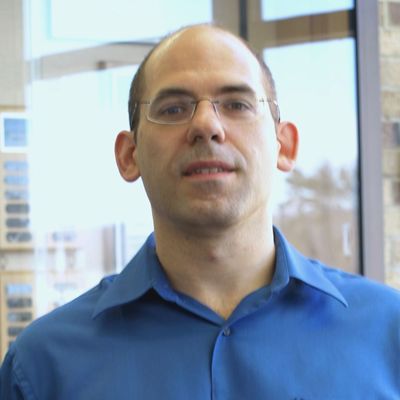Signatures & Long-range Diagnostics
Hypersonic vehicles in flight will produce a distribution of observables in their wakes as a result of the complex interaction of body shape, chemical kinetics, and laminar-turbulent transition. These gases will reach extreme translational temperatures in excess of 10,000K causing chemical reactions in the air that create molecular species that strongly radiate in the infrared to ultraviolet bands, as well as cause ionization. The ionized wake can generate a significant radar signature that can provide a possible means of long-range detection.
As a result of their high surface temperatures, hypersonic vehicles will also emit blackbody signatures in the IR band. Accurate prediction will require fully coupled analysis between the high-temperature gas flow and the material that comprises the thermal protection system of the vehicle. A key challenge in accurate prediction of flow field signatures in the wake of hypersonic vehicles is accounting for the numerous air chemical reactions.
These topics are the focus of faculty within the Hypersonic Environment and Phenomenological Focus Group, who have interests in long-range adaptive optics, plasma dynamics, long-range sensing, two-way communication, and sensor development for wavelengths ranging from ultraviolet to IR to microwave to radio.
Affiliated Faculty
-

Thomas Corke
Aerospace and Mechanical Engineering
Expertise: Hypersonics Technical Lead, Hypersonic Aerodynamics, Turbulent Transition -

Stanislav Gordeyev
Aerospace and Mechanical Engineering
Expertise: High-speed Flows/Aero-Optics -

Sergey Leonov
Aerospace and Mechanical Engineering
Expertise: Gas Dynamics/Plasma -

Eric Matlis
Aerospace and Mechanical Engineering
Expertise: Hypersonic Flows/Plasma/Sensors -

Thomas Pratt
Electrical Engineering
Expertise: Communication and Sensing Architectures; Radar and Multi-antenna Architectures